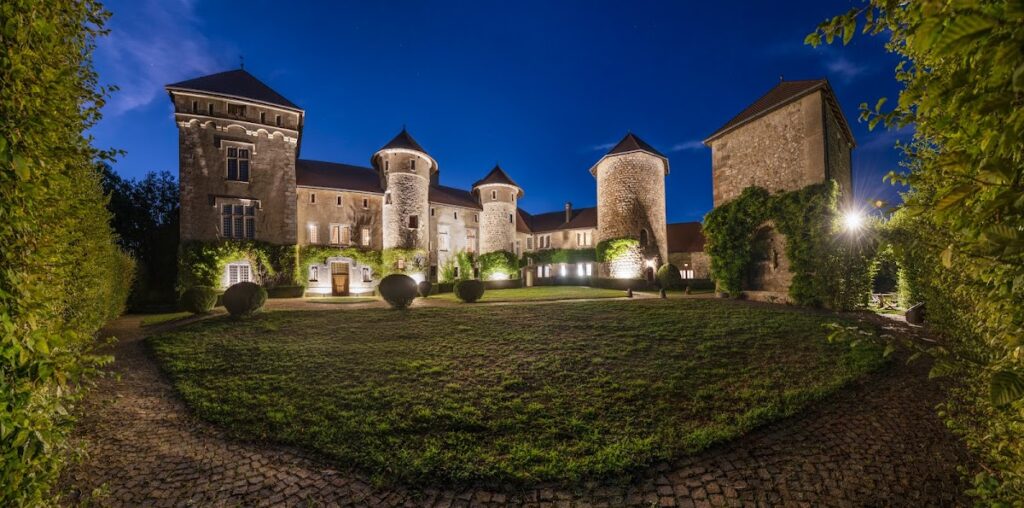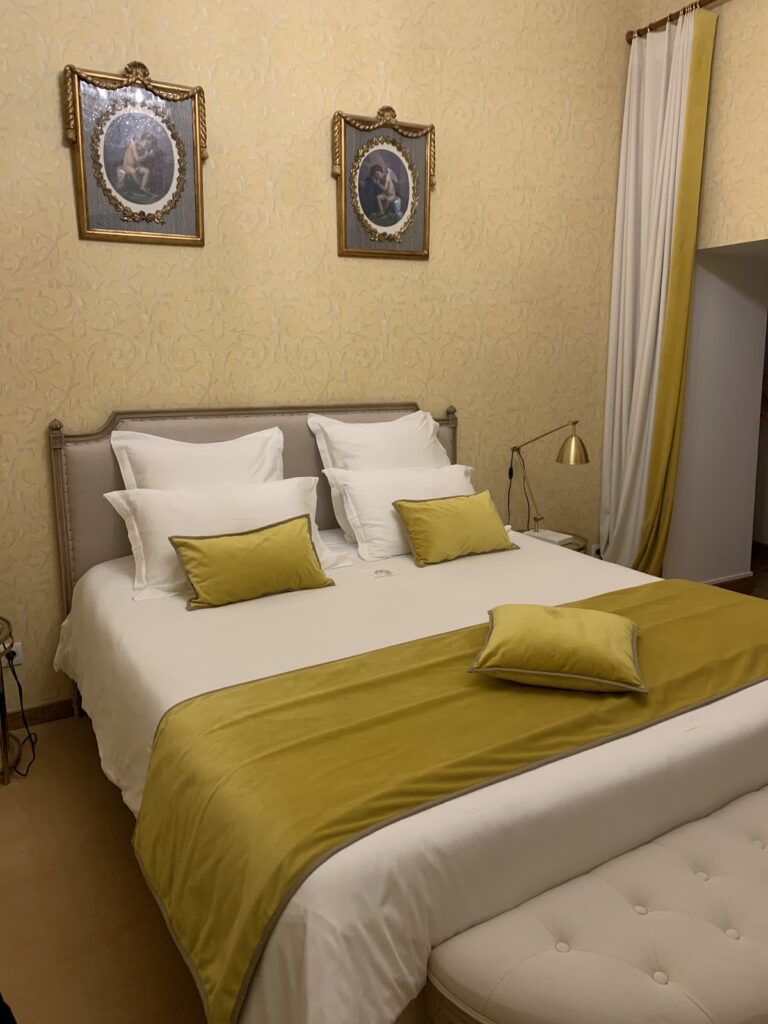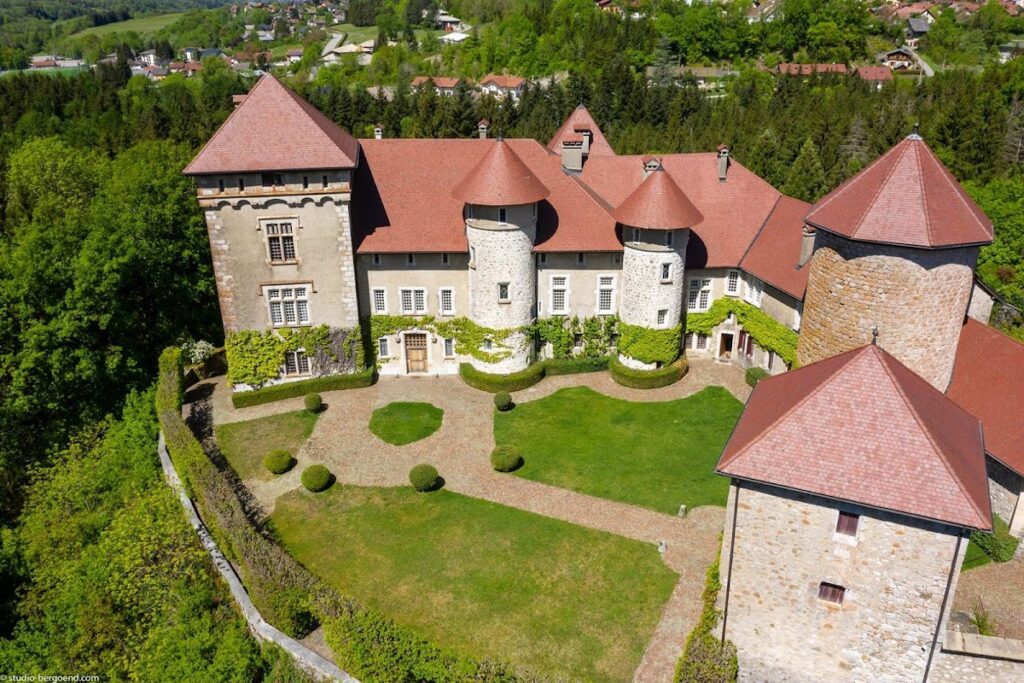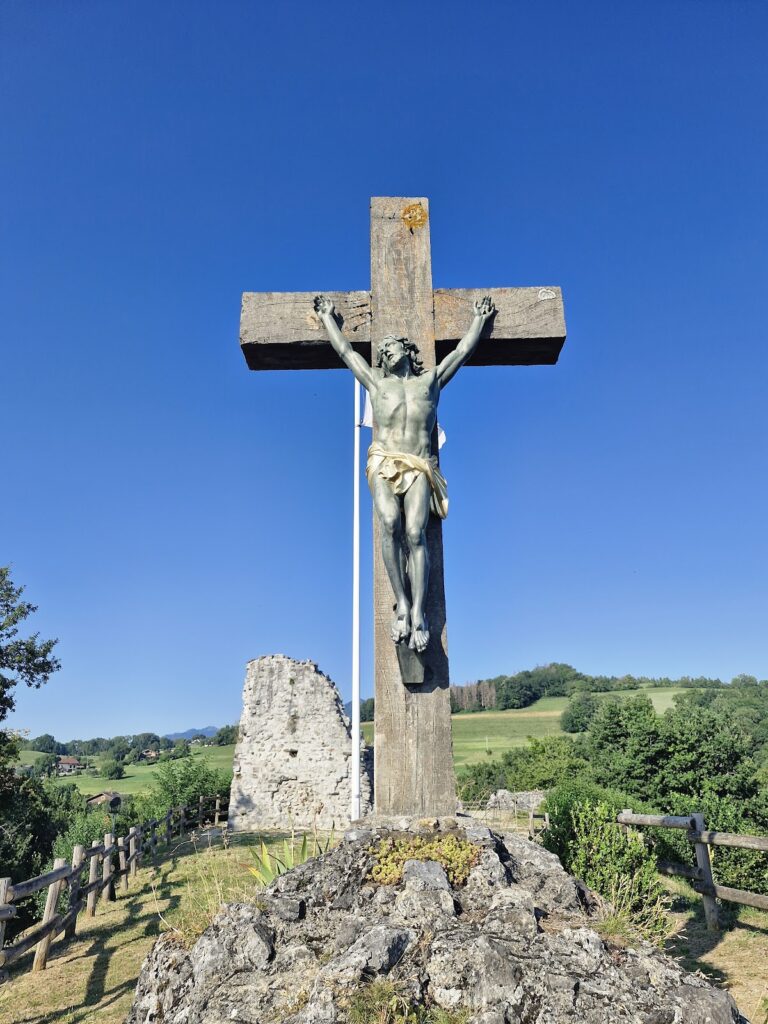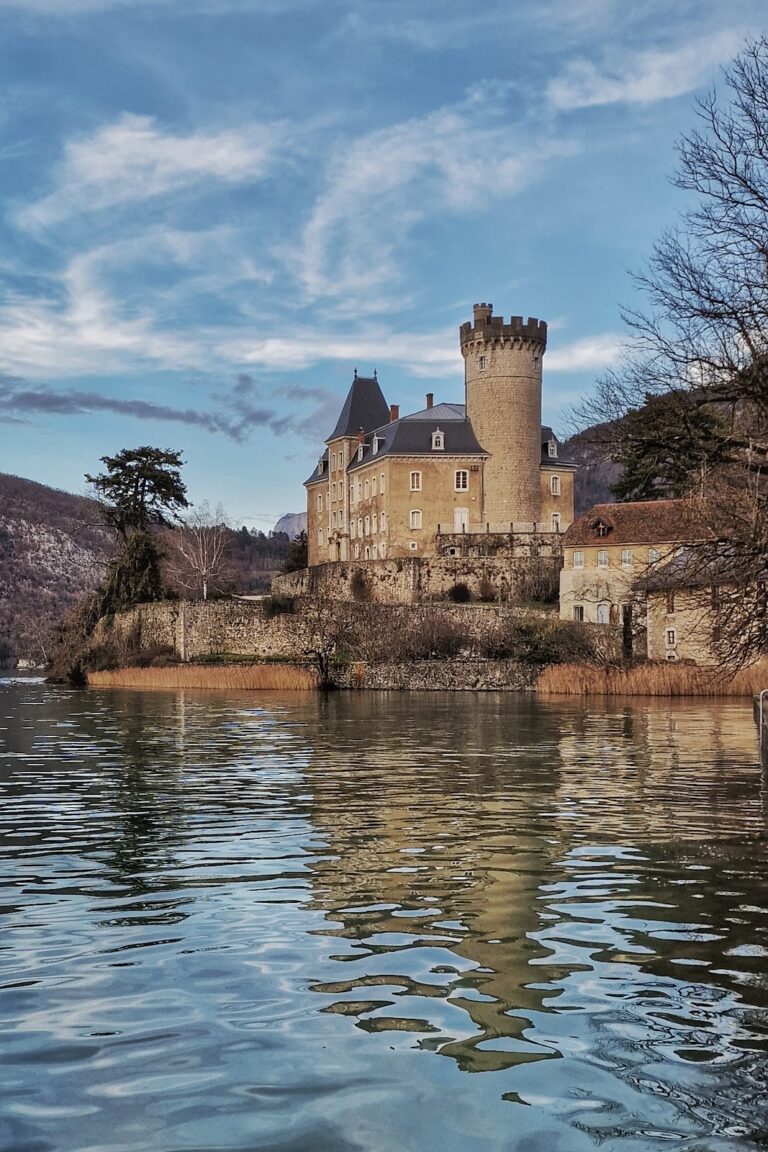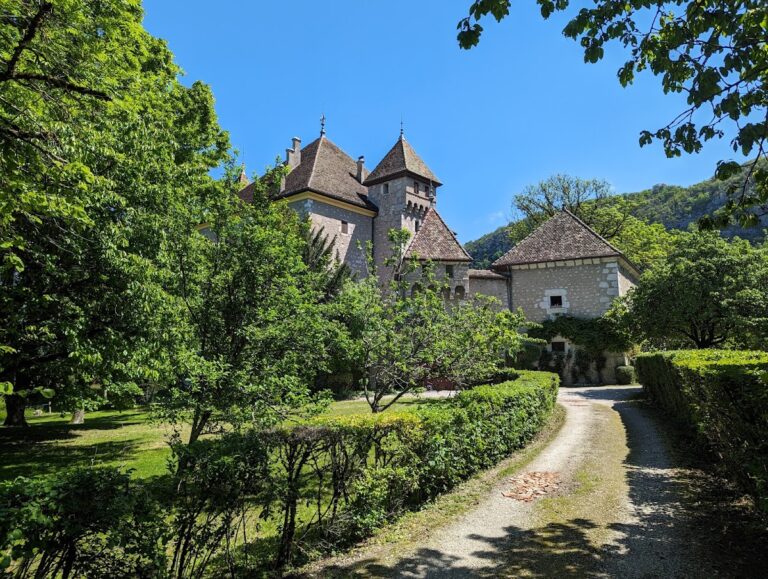Château de Thorens: A Historic Savoyard Castle in France
Visitor Information
Google Rating: 4.4
Popularity: Low
Google Maps: View on Google Maps
Official Website: www.chateaudethorens.com
Country: France
Civilization: Unclassified
Remains: Military
History
The Château de Thorens stands in the municipality of Thorens-Glières, France, and traces its origins to a fortification constructed by the medieval Savoyard civilization. The site was first developed in 1060 when Count Gérold de Genève commissioned a defensive stronghold and entrusted it to his companion Odon de Compey. This initial establishment formed the nucleus around which the castle evolved.
During the late 15th century, the castle underwent a significant change in ownership following the confiscation by the Duke of Savoy in 1479. The lords of Compey, who had held the castle, lost it due to various offenses attributed to them. Ownership then passed to Hélène de Luxembourg-Saint-Pol, spouse of Prince Janus of Savoy, Count of Geneva. Hélène showed limited interest in the property, and it subsequently passed to her daughter Louise de Savoie and Louise’s husband François de Luxembourg, marking a transition from the Compey lineage to the Luxembourg family.
The 16th and 17th centuries saw the castle enter a new phase with its sale in 1559 by Sébastien de Luxembourg, Duke of Penthièvre, to François de Sales, the father of the future Saint François de Sales. Although François de Sales formally took possession in 1602 representing his siblings, the Sales family rapidly ascended the ranks of nobility in Savoy, attaining titles such as baron, count, and marquis. They played prominent roles at the Savoy court in Turin, integrating the château into a broader political and social narrative.
Conflict interrupted the castle’s history during the French invasion of Savoy in 1792, which inflicted damage upon the structure. Restoration efforts were undertaken in the 19th century by Marquise Alexandrine de Sales and her grandson, Count Eugène de Roussy de Sales. This family line continues to maintain and reside in the Château, preserving its legacy.
The castle also has deep religious connections through Saint François de Sales (1567–1622), who served as prince-bishop of Geneva. His life and work are honored within the château, where objects related to his ecclesiastical role, including liturgical items, episcopal garments, and rare books, are preserved. Furthermore, during the 19th century, the château gained prominence as a frequent residence of Camille Benso de Cavour, the prime minister instrumental in Italy’s unification. His presence is marked by personal belongings, notably a desk of Napoleon III style on which the 1860 Treaty of Turin was signed, transferring Savoy and Nice to France.
In the modern era, the château opened sections of its historic interiors to the public starting in 1960 through the initiatives of Count Jean-François de Roussy de Sales, permitting access to parts of the medieval ground floor and other important rooms that reflect its layered history.
Remains
The Château de Thorens is constructed upon the foundations of its original 11th-century fortress. Its layout preserves several vaulted chambers dating from the 12th century, characterized by austere stone vaulting that evokes the atmosphere experienced by medieval soldiers. These vaulted rooms reveal the martial origins of the site and bear witness to early construction techniques focusing on defense and durability.
Within the castle, a vaulted kitchen dating from 1632 remains intact. This kitchen serves as a testament to the domestic and culinary arrangements of its time, constructed with traditional masonry typical of the early 17th century. Its preservation allows insight into the operational aspects of the château during the period of noble residence.
The castle’s keep, or donjon—a fortified tower—stands as a prominent structural feature symbolizing the authority of feudal justice exercised from the site. Its robust construction exemplifies the role of the fortress not only as a defensive building but also as an administrative center.
Interiors of the noble residence reveal a transition to refined artistic styles from the Renaissance through Baroque to the Second Empire period. Illuminated salons and bedrooms showcase elaborate decorative elements consistent with 17th-century aristocratic tastes. Among the castle’s furnishings are Flemish tapestries and masterful paintings that complement the historic ambiance.
Noteworthy within the château are personal effects belonging to prominent historical figures. The study furnishings of Camille Benso de Cavour, including a finely crafted Boulle-style desk associated with Napoleon III, stand preserved. This specific piece is historically significant as the surface on which the 1860 Treaty of Turin was signed.
The current family owners continue to inhabit and maintain the château, ensuring the preservation of its fabric and contents. The building itself is conserved as both a historic monument and a repository of cultural heritage, emphasizing ongoing stewardship over its physical and artistic elements.
